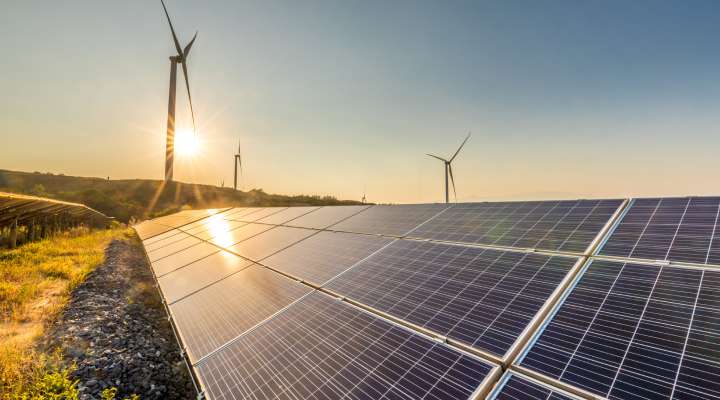Energy Transition
China made a significant leap in its energy transition last year by investing a staggering $676 billion, according to a white paper released by Chinese authorities on Thursday.
The document, titled “China’s Energy Transition,” provides insights into the nation’s renewable energy market and outlines the strategic pathways for its future energy endeavors.
In 2023, China emerged as the global leader in low-carbon energy investments. The State Council Information Office highlighted that the country accounted for over 40% of the world’s annual additions to renewable energy capacity since 2013.
This trend continued last year, with China’s newly installed renewable energy capacity making up more than half of the global total. These figures underscore China’s dominant role in shaping the global renewable energy landscape.
During a news conference held to present the white paper, Zhang Jianhu, head of the National Energy Administration (NEA), emphasized China’s ongoing commitment to phasing out fossil fuels.
He outlined plans to reform the country’s electricity system and promote green electricity trading, signaling a clear move towards a more sustainable energy future.
Despite its rapid expansion in renewable energy, China is not abandoning coal just yet. The country faces unique challenges as a developing nation with a massive population, which complicates its efforts to reduce carbon emissions.
Contrary to some speculation, China has not yet reached its peak carbon dioxide emissions, a milestone it aims to achieve within its own established timeline.
Song Wen, head of law and institutional reform at the NEA, addressed this during the media briefing, reminding the world that China is still in the process of modernization and must balance energy needs with environmental goals.
China’s influence in the global renewable energy sector extends beyond just investments and capacity installations. The country plays a pivotal role in many clean energy supply chains, particularly in the production of solar equipment, lithium processing, and the mining and processing of critical battery metals.
This dominance further cements China’s position as a key player in the global transition to renewable energy.
However, the nation’s growing electricity demand has led to the continued expansion of its coal-fired power plants. This expansion is seen as necessary to ensure energy security and maintain a stable electricity supply, especially during periods of peak demand.
China’s approach highlights the delicate balance it must strike between advancing renewable energy and ensuring reliable energy access for its vast population.
In a notable achievement, China has already surpassed its goal of having more non-fossil fuel installed electricity capacity than fossil fuels, reaching this milestone earlier than planned.
As of now, 50.9% of China’s power capacity comes from non-fossil fuel sources, surpassing the target set by Chinese authorities in 2021 to achieve this by 2025.
This ambitious investment and strategic planning underscore China’s determination to lead the global energy transition while managing the complexities of its domestic energy demands.
As China continues to navigate its path towards sustainability, its actions will undoubtedly have far-reaching implications for the global energy landscape.










